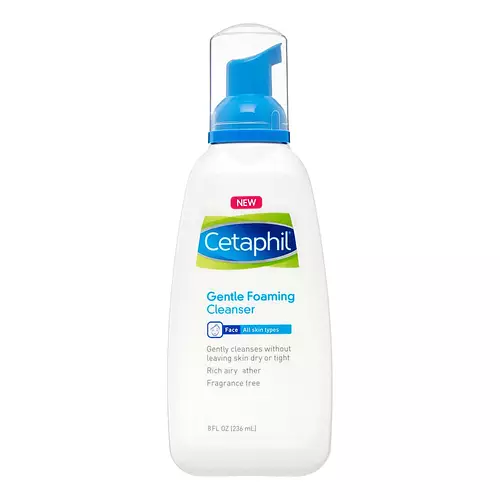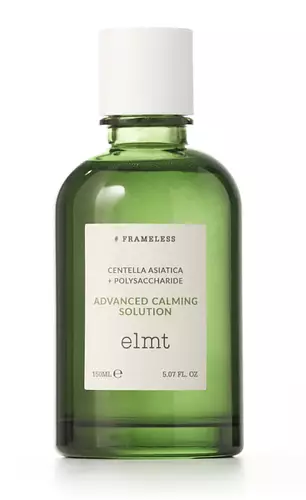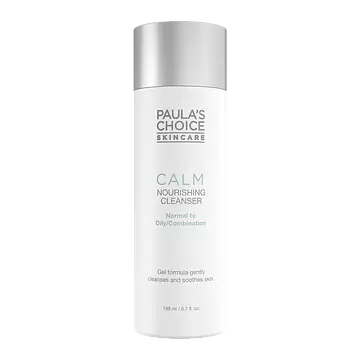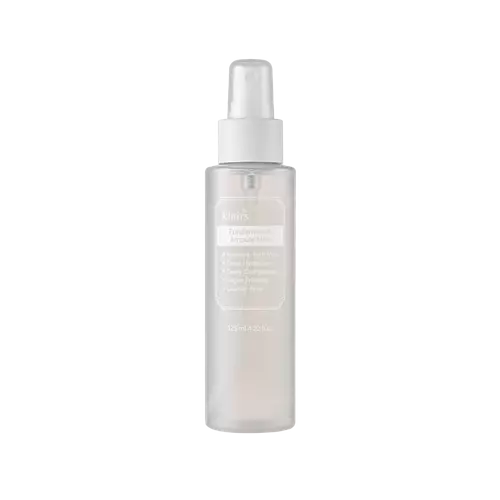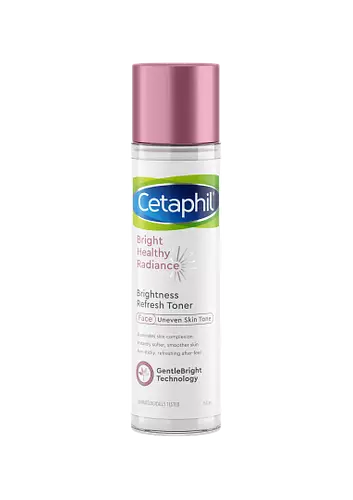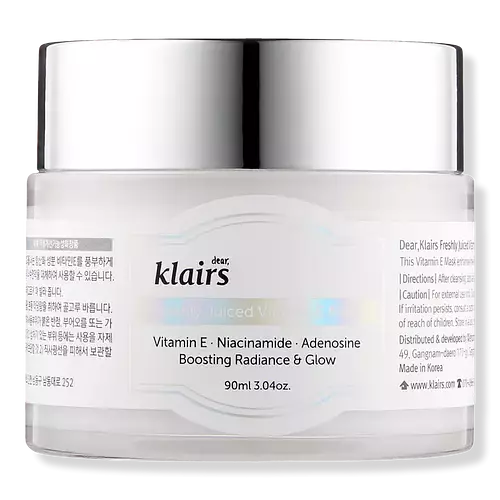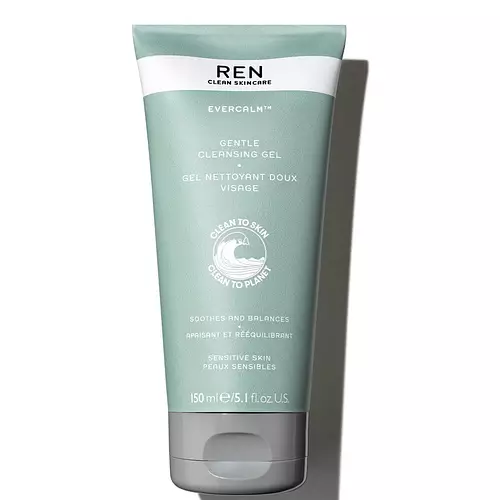Updated on March 11, 2024
Overview
What they are
These products are both reef safe . They have a total of 5 ingredients in common
Suited For
They're both likely to be good for dry skin, brightening skin and sensitive skin
Free From
They both do not contain any harsh alcohols, common allergens, fragrances, oils, parabens, silicones or sulfates
We independently verify ingredients, and our claims are backed by peer-reviewed research. Spot a product that needs an update? Let us know.
Ingredient Info
Cetaphil Gentle Foaming Cleanser 12 ingredients
Dear, Klairs Daily Skin Softening Water 13 ingredients
At a glance
Click on any of the items below to learn more
Cetaphil Gentle Foaming Cleanser 12 ingredients
Dear, Klairs Daily Skin Softening Water 13 ingredients
Notable Ingredients
This product contains 1 ingredient that may have this attribute:
Benefits
This product contains 1 ingredient that may have this attribute:
This product contains 2 ingredients that may have this attribute:
Concerns
This product contains 1 ingredient that may have this attribute:
Benefits
This product contains 1 ingredient that may have this attribute:
This product contains 1 ingredient that may have this attribute:
Ingredients Side-by-side
Ingredients Explained
These ingredients are found in both products.
Ingredients higher up in an ingredient list are typically present in a larger amount.
Water. It's the most common cosmetic ingredient of all. You'll usually see it at the top of ingredient lists, meaning that it makes up the largest part of the product.
So why is it so popular? Water most often acts as a solvent - this means that it helps dissolve other ingredients into the formulation.
You'll also recognize water as that liquid we all need to stay alive. If you see this, drink a glass of water. Stay hydrated!
Learn more about WaterBetaine is a common humectant (a substance that promotes retention of moisture). It's known to be gentle on the skin and can help balance hydration.
Betaine is best for improving hydration and soothing irritated skin. Studies show betaine may help with uneven skin tones.
Betaine is naturally created in the skin and body. The form found within cosmetic products can be either plant-dervied or synthetic.
Learn more about BetaineGlycerin is already naturally found in your skin. It helps moisturize and protect your skin.
A study from 2016 found glycerin to be more effective as a humectant than AHAs and hyaluronic acid.
As a humectant, it helps the skin stay hydrated by pulling moisture to your skin. The low molecular weight of glycerin allows it to pull moisture into the deeper layers of your skin.
Hydrated skin improves your skin barrier; Your skin barrier helps protect against irritants and bacteria.
Glycerin has also been found to have antimicrobial and antiviral properties. Due to these properties, glycerin is often used in wound and burn treatments.
In cosmetics, glycerin is usually derived from plants such as soybean or palm. However, it can also be sourced from animals, such as tallow or animal fat.
This ingredient is organic, colorless, odorless, and non-toxic.
Glycerin is the name for this ingredient in American English. British English uses Glycerol/Glycerine.
Learn more about GlycerinPanthenol is a common ingredient that helps hydrate and soothe the skin. It can be found naturally in our skin and hair.
This ingredient is also referred to as pro-vitamin B5 or dexpanthenol in dermatology.
Panthenol is famous due to its ability to go deeper into the skin's layers. Using this ingredient has numerous pros (and no cons):
Like hyaluronic acid, panthenol is a humectant. Humectants are able to bind and hold large amounts of water to keep skin hydrated.
Once oxidized, panthenol converts to pantothenic acid. Panthothenic acid is found in all living cells.
Learn more about PanthenolCitric Acid is an AHA derived from citrus fruits (think oranges, lemons, and limes!).
As an AHA, Citric Acid removes the top layer of skin cells from the newer layer of skin underneath. This helps skin to remove dark spots and even out skin tone.
If you spot Citric Acid near the end of an ingredient list, it's likely there as a pH adjuster rather than an active ingredient.
Read more about some other popular AHA's here:
Learn more about Citric AcidIngredient Ratings
Here's what our community thinks of the ingredients in these two products.
When to use
Cetaphil Gentle Foaming Cleanser 12 ingredients
Dear, Klairs Daily Skin Softening Water 13 ingredients


Reviews
Here's what our community thinks
Cetaphil Gentle Foaming Cleanser 12 ingredients
cgi
It’s okay
This cleanser isn’t too bad, it’s very gentle. But don’t leave it on for too long if you’re one of those people who like letting your...
It’s okay
This cleanser isn’t too bad, it’s very gentle. But don’t leave it on for too long if you’re one of those people who like letting your cleansers sit on your face to let it work, because it actually starts tingling and burning for some reason and leave your skin red and feeling irritated. I do love the foam that comes right out of the bottle, it’s very soft and light-weight and is very easy to wash off. It also helped reduce my acne by just a little bit. I switched from this cleanser to the Cetaphil Gentle Skin Cleanser (the big bottle made for your face & body) and I have a much better experience. It’s a simple cleanser and it’s very easy to use. There’s nothing really special about this cleanser, I think it’s an okay option for those who are just starting to get into skincare.
ZephyrRose_888
drying
this stuff makes me feel like my face has never touched moisturizer in years. dryer than the sahara desert. if it actually gets my skin...
drying
this stuff makes me feel like my face has never touched moisturizer in years. dryer than the sahara desert. if it actually gets my skin clean i have no idea, but if it does it is surely not worth the tightness and dryness
